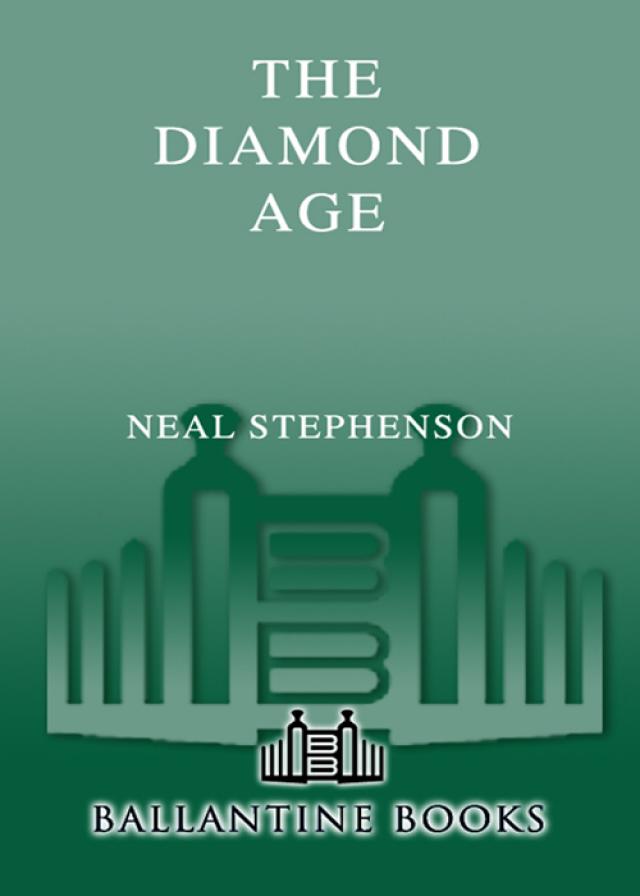


Matter compilers receive their raw materials from the Feed, a system analogous to the electrical grid of modern society. Major cities have immune systems made up of aerostatic defensive micromachines, and public matter compilers provide basic food, blankets, and water for free to anyone who requests them. The book contains descriptions of various exotic technologies, such as the chevaline (a mechanical horse that can fold up and is light enough to be carried one-handed), and forecasts the use of technologies that are in development today, such as smart paper that can show personalized news headlines. The book explicitly recognizes the achievements of several existing nanotechnology researchers: Feynman, Drexler, and Ralph Merkle are seen among characters of the fresco in Merkle-Hall, where new nanotechnological items are designed and constructed. Molecular nanotechnology is omnipresent in the novel's world, generally in the form of Matter Compilers and the products that come out of them. The Diamond Age depicts a near-future world revolutionised by advances in nanotechnology, much as Eric Drexler envisioned it in his 1986 nonfiction book Engines of Creation. In 1996, it won both the Hugo and Locus Awards, and was shortlisted for the Nebula and other awards. The Diamond Age was first published in 1995 by Bantam Books, as a Bantam Spectra hardcover edition. The novel deals with themes of education, social class, ethnicity, and the nature of artificial intelligence. It is to some extent a Bildungsroman or coming-of-age story, focused on a young girl named Nell, set in a future world in which nanotechnology affects all aspects of life. The Diamond Age: Or, A Young Lady's Illustrated Primer is a science fiction novel by American writer Neal Stephenson.


 0 kommentar(er)
0 kommentar(er)
